Is everything you've heard about clear aligners vs. braces true? In the world of orthodontics, there’s plenty of buzz around clear aligners and whether they truly stack up to trusty metal braces. Are clear aligners as effective as braces, or is the hype misplaced? Let’s cut through the rumors and get answers straight from orthodontic experts. Here’s what you need to know before you decide on the best path for your smile!
Are Clear Aligners as Effective as Braces? What Orthodontists Say: Setting the Record Straight
Opening Inquiry: Challenging What You Think About Clear Aligners and Braces
When it comes to orthodontic treatment, many patients want a discreet, comfortable way to straighten teeth—enter clear aligners. But how do they compare to traditional metal braces? If you’re wondering, “Are clear aligners as effective as braces? What orthodontists say could surprise you.” For years, metal braces have been the gold standard, fixing a wide range of tooth and bite issues. Yet, the allure of clear aligners—virtually invisible and conveniently removable—has sparked a major shift in orthodontic care. Understandably, there are plenty of questions and even some skepticism about whether these modern clear aligners can truly move teeth as effectively, especially in complex cases or severe crowding.
Most orthodontists agree: the effectiveness comes down to your individual needs, the treatment plan, and how well you stick to it. Orthodontists now have decades of experience with both options, so their perspective bridges tradition and innovation. In this comprehensive guide, we’ll explore what the experts say about metal braces, traditional braces, and clear aligners—giving you the confidence to make the very best decision for your smile’s future.
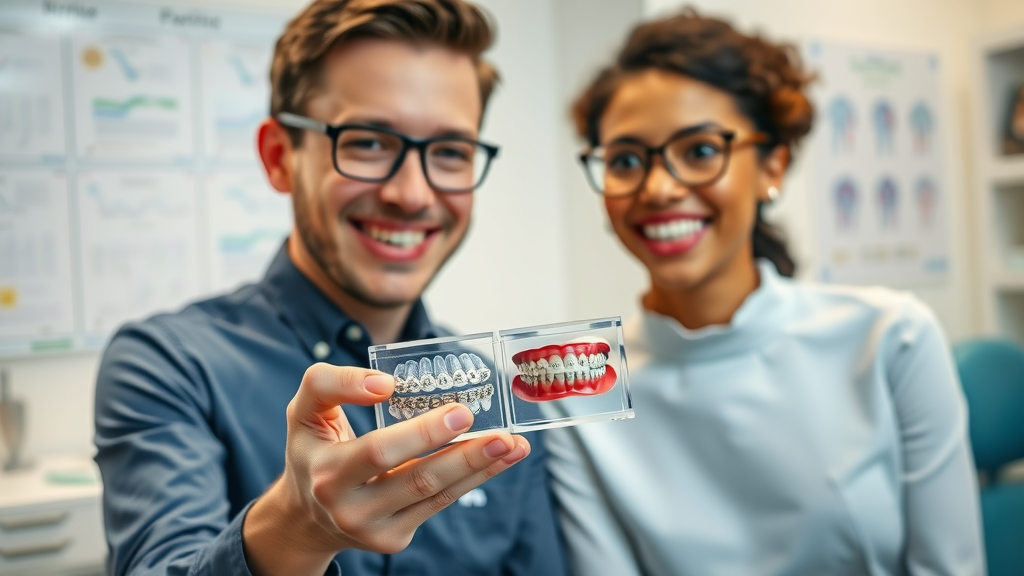
What You’ll Learn About Are Clear Aligners as Effective as Braces? What Orthodontists Say
The differences between clear aligners and metal braces
How effective are clear aligners compared to traditional braces according to orthodontists
Pros and cons of clear aligners and metal braces
What orthodontic treatments are suitable for aligners or braces
Tips for choosing the right orthodontic treatment for your needs
Understanding Clear Aligners vs. Metal Braces: Definitions and Key Differences
Clear Aligner and Clear Aligners: Modern Innovation in Orthodontic Treatment
Clear aligners are a modern, virtually invisible option for straightening teeth. Made of custom-molded plastic, these aligners fit snugly over your teeth and are changed out every couple of weeks to continue moving teeth into their desired position. Each set of plastic aligners is designed to gradually move your teeth, and because they are removable, you can take them out to eat, brush, and floss. Clear aligners, such as Invisalign and other brands, have become very popular with teens and adults looking for a discreet alternative to traditional braces.
One of the biggest selling points of clear aligners is their comfort. With no metal brackets or wires, there’s less risk of irritation inside your mouth. Plus, clear aligners make oral health routines easier, as brushing and flossing can continue without wires getting in the way. While aligners offer an innovative solution, it’s important to consider if they are suitable for your specific orthodontic treatment needs. Most orthodontists recommend them for mild to moderate cases, though advances in technology and patient compliance have allowed them to take on more complex cases over time.
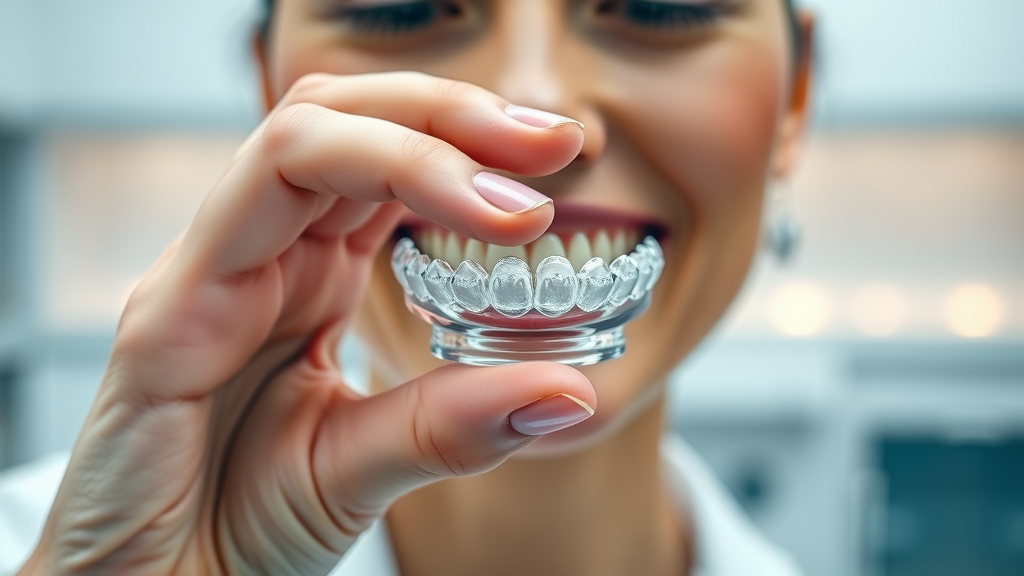
Metal Braces and Traditional Braces: The Gold Standard
Metal braces—often what comes to mind when people picture orthodontics—use metal brackets and wires to gradually move teeth into their desired position. Over decades, traditional braces have proven effective for a wide range of orthodontic issues, from mild misalignments to severe crowding and bite correction. Braces require periodic visits for adjustments, during which your orthodontist tightens the wires to continue tooth movement. While noticeable, modern metal braces are more comfortable, lighter, and less bulky than their predecessors.
The main benefit of metal braces is control—they allow orthodontists to manage each tooth’s movement with precision. For complex cases such as severe crowding, rotated teeth, or significant bite issues, metal braces or even traditional metal braces may be the preferred option. However, their fixed nature means brushing and flossing can be a challenge, and dietary restrictions are usually part of the treatment plan. Still, for many patients, metal braces remain the go-to for comprehensive, reliable results—especially when other treatments may fall short.
Traditional Metal Braces Compared to Traditional Metal and Clear Aligner Options
Deciding between traditional braces and clear aligners starts with understanding their key differences and similarities. While both move teeth toward healthier, straighter smiles, they use different methods. For some, the classic brackets and wires of braces are most effective, especially in challenging cases. For others seeking a less visible, more flexible treatment option, clear aligners may be a perfect fit. Each option offers benefits and drawbacks, so it’s crucial to align your choice with your lifestyle, goals, and the recommendation from your orthodontist, who will consider the specifics of your orthodontic treatment.
Let’s compare clear aligners, metal braces, and traditional braces side by side in a simple table:
Treatment Type |
Visibility |
Effectiveness |
Comfort |
Cost |
|---|---|---|---|---|
Clear Aligners |
Virtually invisible |
Best for mild to moderate; improving for complex cases |
High (no brackets/wires) |
Moderate to high |
Metal Braces |
Visible |
Excellent for all case types |
Moderate (potential for mouth irritation) |
Moderate |
Traditional Braces |
Visible |
Excellent for most cases |
Moderate (may cause mouth soreness) |
Typically lowest |
Orthodontic Treatment Goals: What Are We Hoping to Achieve?
What Do Orthodontic Treatments Fix?
Both braces and clear aligners are designed to straighten teeth, improve your bite, and enhance oral health. The primary goal of any orthodontic treatment is to move teeth into a more attractive and functional position. This includes correcting overcrowding, closing gaps, addressing overbites and underbites, and improving the alignment of the jaw. Whether you are dealing with mild misalignments or a more complex case, a properly executed treatment plan delivers lifelong benefits by making teeth easier to clean, reducing the risk of decay, and preventing jaw pain or uneven wear.
Traditional braces, using fixed appliances like metal brackets and wires, have a track record of success in even the most complicated cases. Clear aligners, with their transparent trays, can also address a wide range of concerns, though their effectiveness in complex cases may depend on ongoing technological improvements and your orthodontist’s experience. Ultimately, the right choice comes down to your unique smile and the results your orthodontist believes they can achieve through each method.
Treatment Time: How Clear Aligners and Metal Braces Differ
Treatment time varies based on case complexity and how well you follow instructions. Clear aligners usually take about 12 to 18 months for many mild to moderate corrections. Comparatively, metal braces and traditional metal braces can range anywhere from 18 months to 3 years, depending on the severity of the issue.
One key factor? Compliance. With aligners, you need to wear them for 20–22 hours per day for best results. Removing them for meals and cleaning is convenient, but forgetting to put them back on can delay progress. Braces are fixed, so you don’t have the option to take them off—great for guaranteed progress but with more adjustments and regular in-office visits. Discuss treatment time and lifestyle with your orthodontist to choose the best option for your needs.

The Effectiveness Debate: Are Clear Aligners as Effective as Braces? What Orthodontists Say
Expert Opinions: What Orthodontists Say About Clear Aligners and Metal Braces
Most orthodontists now recognize that clear aligners can effectively move teeth—if used as directed, and in situations suited for them. According to a survey of board-certified specialists, clear aligners have narrow the gap in comparison to metal braces for mild and moderate cases. Orthodontists praise clear aligners for their ability to straighten teeth, enhance comfort, and streamline oral health. However, many highlight that for complex cases or major jaw misalignments, traditional braces and metal braces still offer superior control and more predictable results.
“Clear aligners have revolutionized orthodontics, offering a comfortable and esthetic treatment option. However, for certain complex cases, metal braces give me the most control and reliability as a clinician.”
— Dr. Alicia Mendoza, Board-Certified Orthodontist
In summary, orthodontists recommend evaluating every patient individually. The right treatment option depends on your specific issues, your compliance, and your goals. Trust your orthodontist’s assessment—they have your best results in mind.
Real-World Evidence: Success Rates for Clear Aligners and Metal Braces
In real practice, clear aligners and metal braces both deliver high success rates—when matched to the right patient and the right problem. Studies show clear aligners successfully treat mild-to-moderate crowding, gaps, and simple bite concerns, with 80–90% of users reaching desired outcomes. For more severe challenges like major tooth rotations or vertical movement, the precision of metal braces generally wins out, allowing teeth to be guided with more force and in more directions.
Importantly, these percentages increase dramatically with strong patient compliance and close follow-up by an experienced orthodontist. It’s not just about the method, but also about wear time, office visits, and commitment to the treatment plan. Dedicated patients see exceptional results with both approaches!
Clinical Studies on Clear Aligner Effectiveness vs Traditional Metal Braces
Multiple clinical studies now show that clear aligners rival metal braces in many situations. For example, trials have demonstrated aligners achieve significant improvement in mild or moderate crowding, spacing, and even some bite corrections with results similar to traditional braces. However, clinical consensus remains that traditional metal braces outperform for complex cases requiring significant bite correction, vertical tooth movement, or when patients struggle to wear aligners as directed.
The take-home lesson: both options are safe and effective, but clear aligners are best for select cases, while braces remain the workhorse of orthodontic care, especially for challenging orthodontic treatments.
Pros and Cons: Are Clear Aligners as Effective as Braces? What Orthodontists Say
Pros and Cons of Clear Aligners
Virtually invisible: Clear aligners are hard to notice, perfect for those seeking discreet treatment.
Removable: Eat whatever you want, and brush and floss with ease! Remove aligners for meals and cleaning.
Comfortable: No wires or brackets to cause irritation inside your mouth.
Convenience: Fewer office visits—just pick up your next series of aligners.
Discipline required: You must wear them 20–22 hours/day; forgetting slows results.
Limited for complex cases: Some very complex tooth movements may be better treated with metal braces.
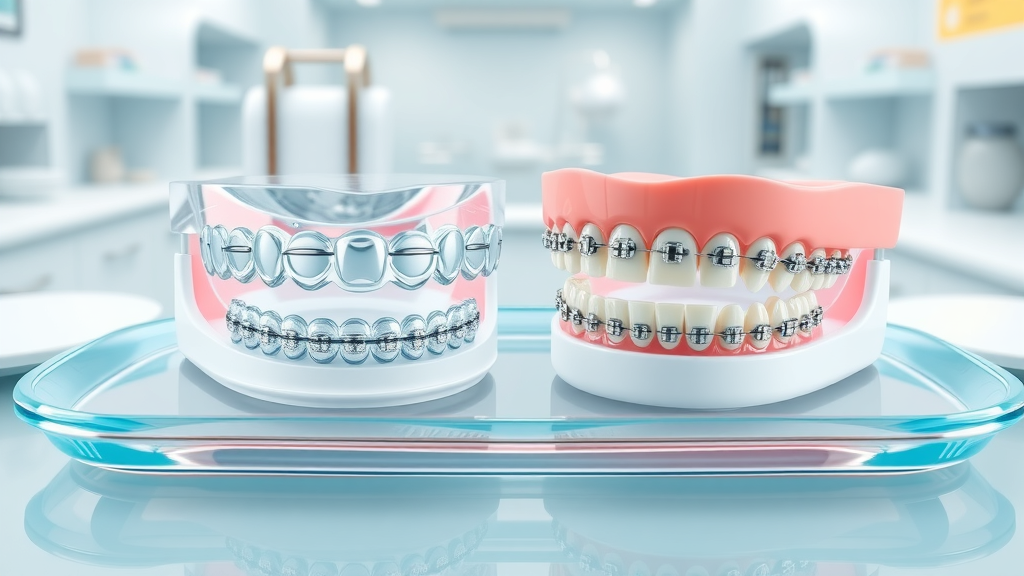
Pros and Cons of Metal Braces and Traditional Braces
Highly effective: Handles all types of orthodontic cases, including severe crowding and bite correction.
Always working: Can't remove, so progress never pauses due to forgetfulness.
Precise control: Orthodontists can adjust individual teeth with high precision.
Noticeable appearance: Visible on teeth—some dislike the look of metal brackets and wires.
Oral hygiene challenges: Brushing and flossing around brackets and wires is harder; increased risk of plaque buildup if not diligent.
Dietary limits: Must avoid hard, sticky, or chewy foods that could damage braces.
Are Clear Aligners as Effective as Braces? What Orthodontists Say for Specific Orthodontic Treatments
When Are Clear Aligners the Best Choice?
Clear aligners are ideal if you have mild to moderate crowding, gaps, or a mild overbite/underbite. They are also a great option for adults and teens who want a subtle way to move teeth without it being obvious. Orthodontic treatment with clear aligners works well when you commit to wearing them as recommended—20 to 22 hours per day. If your schedule makes frequent office visits difficult or you’re highly motivated to take responsibility for your care, aligners provide freedom and control.
Aligners are also especially helpful for those with good oral hygiene habits who want to keep up effective brushing and flossing. Still, they’re not the best fit for every patient—complex cases may require more advanced mechanics!
When Metal Braces or Traditional Metal Braces Are Superior
For complex cases—such as major bite corrections, severe crowding, impacted or rotated teeth, or those requiring detailed jaw adjustments—metal braces and traditional metal braces remain unmatched. Their fixed structure and robust force let orthodontists fine-tune tooth movement in ways aligners can’t yet match.
Children and young teens, or anyone struggling with compliance, may also see better results with fixed metal brace appliances: treatment keeps moving forward regardless of personal discipline. Traditional braces work 24/7, so if you’re likely to misplace or forget aligners, they may be the best treatment option.
Case Studies: Are Clear Aligners as Effective in Complex Orthodontic Treatments?
Orthodontists have observed that some complex cases—like closing large gaps or rotating certain teeth—were once only possible with metal braces. Now, with advancements in aligner design and longer experience, some patients with more challenging needs have succeeded using clear aligners. However, these cases often require enhanced attachments, more aligners, or even switching to braces mid-treatment.
“I was unsure about aligners because my teeth were so crowded, but I followed my orthodontist’s directions and wore them every day. The results? My smile looks amazing! It took about 18 months—and was definitely worth it.”
— Olivia, Clear Aligner Patient
If you have a complex case, talk openly with your orthodontist about which path gives you the best odds of reaching your goals.
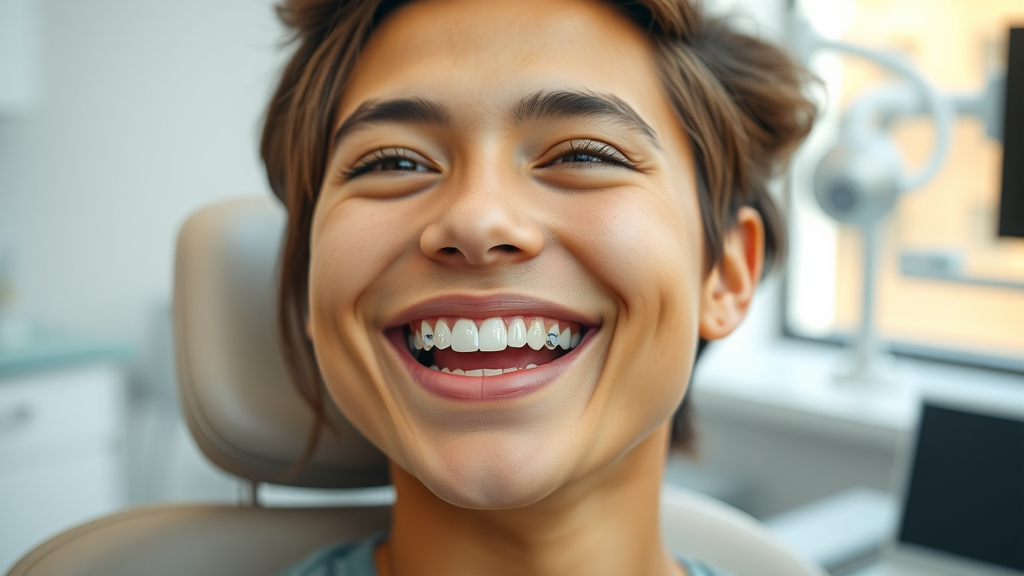
Factors That Influence Are Clear Aligners as Effective as Braces? What Orthodontists Say
Age, Compliance, and Orthodontist Expertise
Your age, how well you follow instructions, and your orthodontist’s skills are three key factors. Adults and older teens often succeed with clear aligners thanks to greater discipline sticking with the treatment plan. Younger children can be great candidates for metal braces or traditional braces simply because the appliances can’t be removed or forgotten.
Expertise matters too—an orthodontist who’s experienced with both braces and clear aligners can often customize your plan for your lifestyle and needs. Make sure to ask your orthodontist about their experience with all types of orthodontic treatments!
Treatment Time and Patient Lifestyle
If your schedule, habits, or hobbies interfere with frequent orthodontic appointments, clear aligners offer flexibility and efficiency. Compliance is critical: if you’re committed to wearing your aligners as recommended, you can often finish treatment faster than with braces, especially in simple cases. However, forgetfulness or frequent removal can extend treatment time.
Meanwhile, those who need a more hands-off approach—or tend to misplace things—may benefit from the always-present structure of metal brace appliances. Speak honestly about your lifestyle when choosing between braces and clear aligners.
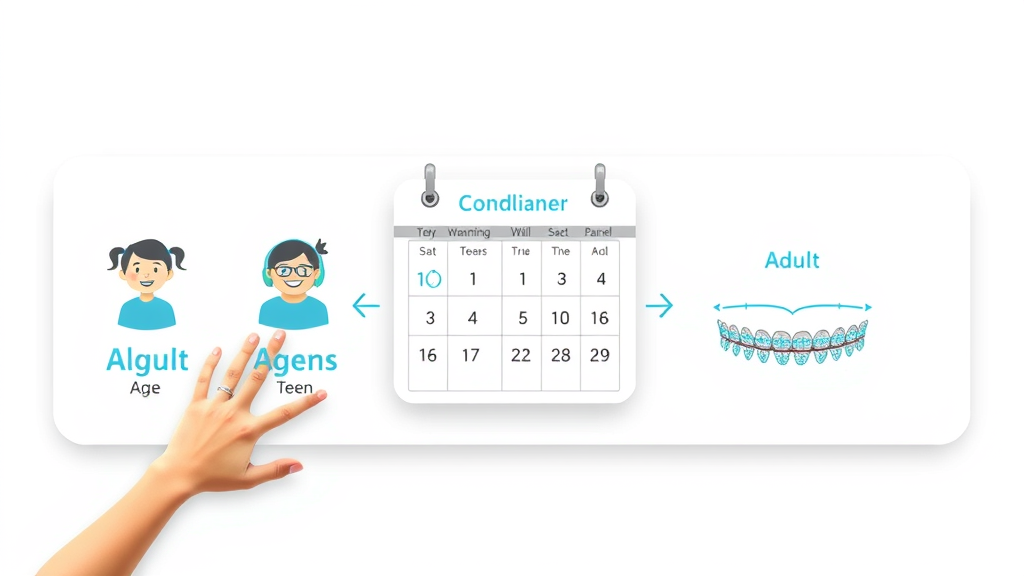
Maintenance, Discipline, and Long-Term Results
Whichever option you choose, ongoing maintenance and discipline are vital for long-term results. Clear aligners require you to switch aligners periodically and keep them clean. Success depends on how closely you follow instructions—otherwise you could end up needing additional aligners or even switching to braces for stubborn teeth.
With braces, the orthodontist manages adjustments, but you must work harder to keep your teeth clean. Fixed appliances make brushing and flossing more challenging, so extra time spent on oral health pays dividends. Both methods can deliver a lasting, healthy smile if you maintain regular checkups and practice good hygiene long after the braces or aligners come off.
Are Clear Aligners as Effective as Braces? What Orthodontists Say: The Cost Perspective
Treatment Type |
Average Cost |
What’s Included |
|---|---|---|
Clear Aligners |
$3,000 – $7,000 |
Custom aligners, check-ups, possible refinements |
Metal Braces |
$2,500 – $6,000 |
Full treatment, all adjustments, retainers |
Traditional Braces |
$2,000 – $5,000 |
Full treatment, all adjustments, retainers |
Insurance Coverage for Orthodontic Treatments
Most dental insurance plans now cover portions of both metal braces and clear aligners, though the percentage may vary. Some plans have an annual or lifetime maximum for orthodontic treatment. It’s important to check with your provider and get a detailed cost breakdown from your orthodontist; sometimes aligners are covered only for particular alignment needs, while metal braces may have broader coverage. Remember to include assessments, diagnostics, and retainers when comparing options.

Long-Term Value: Are Clear Aligners Worth the Investment?
For many, the visibility, comfort, and convenience make clear aligners worth the higher upfront cost. However, traditional braces may be a better value in very complex or long cases because they handle the broadest range of issues reliably. The best investment is always the solution that gives you your healthiest, happiest, and most functional smile.
Advice from Orthodontists: Best Practices for Succeeding with Clear Aligners or Braces
“The key to a beautiful result—whether you choose clear aligners or braces—is consistency. Always follow your orthodontist’s instructions for care and wear, and don’t skip your appointments.”
— Dr. Kevin Tran, Local Orthodontic Care Specialist
Wear your clear aligners 20–22 hours each day, removing only for eating and cleaning.
Clean your aligners and brush and floss thoroughly before putting them back in.
If wearing braces, brush after every meal and use floss threaders or water flossers for best results.
Keep all scheduled checkups; early detection of issues saves time and effort.
Listen to your body: report soreness or damaged brackets (and lost aligners) promptly.
Are Clear Aligners as Effective as Braces? What Orthodontists Say vs. Patient Experiences
"Clear aligners let me straighten my teeth without anyone noticing—love my results!"
"Braces worked wonders for my tricky bite. It took longer but was worth every month."
Patient Satisfaction and Reported Outcomes
Patient feedback is clear: most are satisfied with their choice—whether it’s clear aligners or metal braces—but only when they follow through with treatment instructions. Those who value convenience, subtlety, and flexibility often rave about the clear aligner experience. Others, especially with complex cases, appreciate metal braces for their dependability and the support available from their orthodontist. Whichever path you choose, your commitment and regular check-ins are the biggest drivers of lasting satisfaction and a stunning new smile.
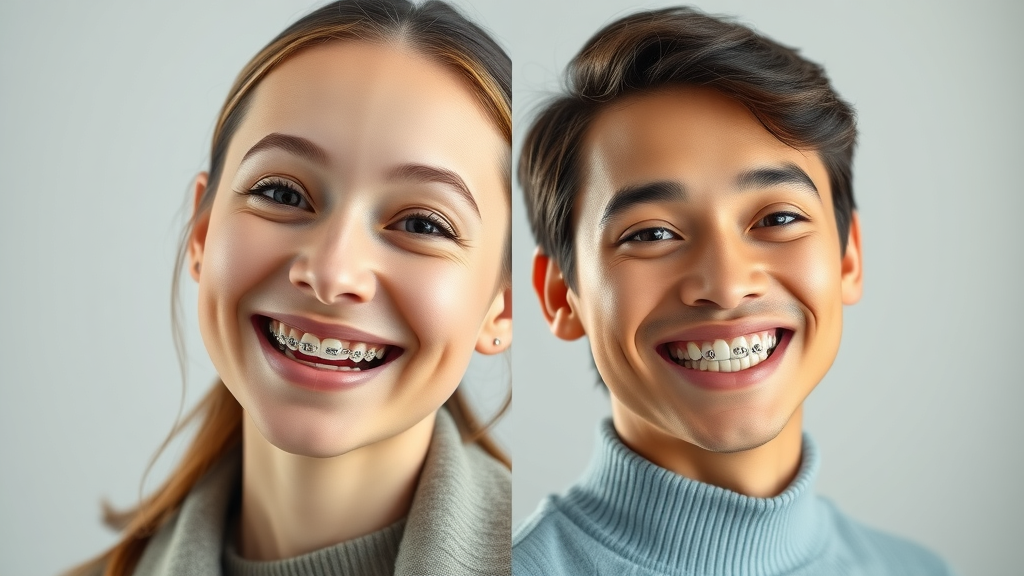
FAQs: Are Clear Aligners as Effective as Braces? What Orthodontists Say
Are Clear Aligners as Good as Braces?
Answer: Explains equivalence for simple cases, limitations in complex movement, and orthodontist preferences
Clear aligners are just as good as braces for most simple to moderate cases—straightening teeth, closing gaps, and mild bite correction. Orthodontists may still recommend traditional braces or metal braces for complex cases (like major rotations or vertical movement) where more control is needed. Always trust your orthodontist’s judgment—they know which method will get the desired results for your situation.
Why Don't Orthodontists Like Invisalign?
Answer: Discusses training, case selection, discipline, and common challenges
Some orthodontists are cautious about systems like Invisalign simply because not every case is ideal for aligners. Training, experience, and practice with different patient types make a difference in outcomes. Clear aligners work best when patients are disciplined; “forgotten trays” delay results. In complex cases, orthodontists often prefer the guaranteed movement they get with metal braces or fixed appliances. That said, most modern orthodontists use both options—when matched to the right patient.
What Is the 30 Minute Rule for Invisalign?
Answer: Explains the importance of quick reinsertion after removal and compliance-related outcomes
The “30 Minute Rule” means you should always reinsert your Invisalign aligners within 30 minutes of taking them out (for meals or brushing). Prolonged breaks can slow progress or let teeth shift back, making the next aligner less effective. Consistent wear is critical for tooth movement—the closer to 22 hours per day, the better your results!
Do Dentists Recommend Clear Aligners?
Answer: Details professional recommendations and suitability guidelines
Yes—many dentists and orthodontists recommend clear aligners for patients who want invisible, removable options and have mild to moderate issues. Alignment, crowding, gaps, and even some bite issues can be improved with clear aligners. Complex jaw movements or severe rotations may need traditional braces; your provider will help you choose the safest, most effective treatment for your smile.
Are Clear Aligners as Effective as Braces? What Orthodontists Say: Video Explainers
Video 1: Clinical Comparison of Clear Aligners vs Metal Braces
This educational video demonstrates clinical aspects, before-and-after results, and expert interviews explaining how clear aligners and metal braces each achieve tooth movement.
Video 2: Patient Experiences with Clear Aligners and Traditional Braces
Hear from real patients about their satisfaction with clear aligners versus braces, including the challenges, discipline, and outcomes of each journey.
Key Takeaways: Are Clear Aligners as Effective as Braces? What Orthodontists Say
Best use cases: Clear aligners = mild/moderate; braces/metal braces = severe/complex.
Ask your orthodontist: Is this treatment right for my tooth movement needs?
How to decide: Consider your lifestyle, case complexity, discipline, and cosmetic preferences.
Conclusion: Are Clear Aligners as Effective as Braces? What Orthodontists Say
Empowering Readers to Make Informed Orthodontic Choices
Both clear aligners and braces can deliver fantastic results when chosen for the right reason and used as directed—your smile’s future has never looked brighter!
Subscribe for More Orthodontic Insights
Your smile is worth it — and staying informed is the first step. Join hundreds of locals already following Grand Strand Smile Spotlight for updates, advice, and trusted care insights.
Subscribe now to get the latest Grand Strand orthodontic guides, tips, and updates — right to your inbox. No spam. Just smiles.
Want more expert-backed answers about braces, Invisalign, and local orthodontic care? Subscribe to Grand Strand Smile Spotlight and stay ahead of your smile journey.
When considering orthodontic treatment options, it’s essential to understand the effectiveness of clear aligners compared to traditional braces. The American Association of Orthodontists provides a comprehensive overview in their article, “Braces vs. Clear Aligners – Which is Best for You?” This resource discusses how both treatment methods can address various orthodontic issues, emphasizing that the choice depends on individual needs and the complexity of the case.
Additionally, a study titled “A comparison of treatment effectiveness between clear aligner and fixed appliance therapies” offers valuable insights. The research indicates that while both clear aligners and braces are effective in treating malocclusion, clear aligners may have advantages in segmented tooth movement and shorter treatment durations. However, they might not be as effective as braces in achieving adequate occlusal contacts, controlling teeth torque, and ensuring retention.
For a more personalized understanding, consulting with an orthodontist is recommended to determine the most suitable treatment based on individual dental needs and lifestyle preferences.
 Add Row
Add Row  Add
Add 




Write A Comment